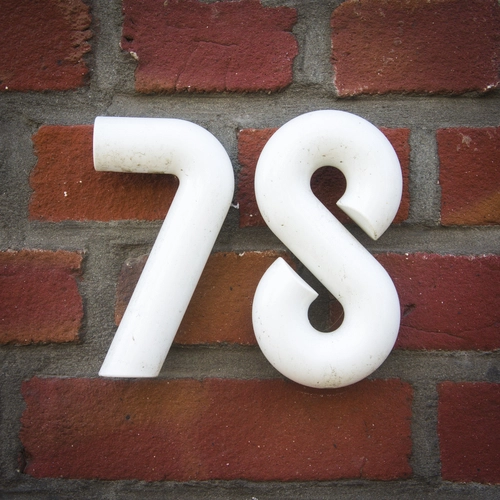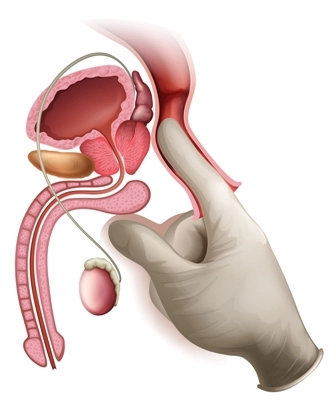Put Postop Surgeries into Focus with 78, 79

When a patient has to return to the same provider for surgery during the postoperative global period of another procedure, you’ll need to have modifiers 78 and 79 at the ready.
Why? You’ll likely need one of the two modifiers, depending on the situation and encounter specifics.
Read on for more information on when to use 78, when to use 79, and the best ways to tell the difference.
Include 78 on Claims for Related Complications
You should use modifier 78 (Unplanned return to the operating/procedure room by the same physician or other qualified health care professional following initial procedure for a related procedure during the postoperative period) “when the patient returns to the OR (operating room) during the global period of another procedure for a complication or other unanticipated problem” related to the initial surgery, explains Marcella Bucknam, CPC, CPC-I, CCS-P, CPC-H, CCS, CPC-P, COBGC, CCC, internal audit manager with PeaceHealth in Vancouver, Wash.
Example: The physician perform a tonsillectomy on a 10-year-old patient. The surgery is uneventful and the patient is discharged to home two hours post-procedure. The patient’s mother returns with the child six hours later because the bleeding from his throat will not stop. The same surgeon then decides to return to the OR to perform a second surgery, in which she cauterizes the bleeding tissue in the patient’s throat.
For the initial tonsillectomy, you would report 42820 (Tonsillectomy and adenoidectomy; younger than age 12). For the cauterization, you would report 42960 (Control oropharyngeal hemorrhage, primary or secondary [e.g., post-tonsillectomy]; simple) with modifier 78 appended.
Reporting modifier 78 in this scenario informs the payer that the provider performed a tonsillectomy, and that the same surgeon performed a second procedure that is related to the tonsillectomy during the global period.
Location Matters for 78
Remember, you should only use modifier 78 when the patient returns to “an operating room, procedure room or an endoscopy suite during the postop period with a related complication,” explains Cyndee Weston, CPC, CMC, CMRS, executive director of the American Medical Billing Association (AMBA) in Davis, Ok.
Also: That return to the OR/procedure room would be with the same surgeon, or a surgeon within the same practice and specialty, if you’re using 78. This modifier shows the payer that, although the patient is in his postoperative period, the physician had to perform an additional surgery.
Plus, you must be spot-on with your procedure codes on modifier 78 claims, Weston warns.
For Medicare payers, when treatment for complications requires a return trip to the OR, you must report the exact CPT® code that describes the second procedure. “If no such code exists, use the unspecified procedure code in the correct series,” says Weston. You cannot use the procedure code for the original surgery unless the surgeon repeats the same exact surgery, which is exceedingly rare, Weston says.
Why not 58? If the provider plans the postop procedure as part of a progressive recovery plan, you’d probably use modifier 58 (Staged or related procedure or service by the same physician or other qualified health care professional during the postoperative period) for the encounter rather than 78.
In short: Use 78 for unplanned procedures related to the original procedure during the postop period. Use 58 for planned procedures the provider performs during the postop period.
Add 79 When Patient Needs Unrelated Surgery
Much like modifier 78, you should use modifier 79 (Unrelated procedure or service by the same physician or other qualified health care professional during the postoperative period) when the patient returns to the same physician for a procedure during the global period of another procedure. Unlike modifier 78, however, you should use 79 when the procedure is completely unrelated to the original procedure. Also, modifier 79 does not necessarily require a return to the OR or a procedure room like modifier 78.
Though modifier 79 is much less common than 78, you’ll use it “if the same surgeon, or another surgeon in the same practice and specialty, operates for an unrelated procedure,” explains Bucknam.
Example: A 19-year-old man falls and breaks the shaft of his tibia. The orthopedist performs open reduction of the fracture. Two weeks later, the patient trips while going down the stairs with his new cast and breaks his ulna. He returns to the same orthopedist, who performs open reduction of the new fracture during the global period of the previous procedure.
Since the procedures are completely unrelated, you should report 27758 (Open treatment of tibial shaft fracture (with or without fibular fracture), with plate/screws, with or without cerclage) for the tibia fracture repair. Then, report 25545 (Open treatment of ulnar shaft fracture, includes internal fixation, when performed) for the ulna fracture repair with modifier 79 appended to show that the tibia and ulna repair were unrelated surgeries.
Remember: Just like modifier 78, you should only use modifier 79 when the second surgery occurs during the global period of the first surgery.
Answer ‘Related’ Question for the Right 78/79 Answer
You could get tripped up using modifiers 78 and 79, but experts recommend remembering the difference between 78 and 79 thusly:
One modifier is used for surgery within the global period to fix a complication that is related to the first procedure; that’s modifier 78. Think: “related.”
Use modifier 79 for a new procedure that’s totally unrelated to the first during the postop global period. Think: “unrelated.”




